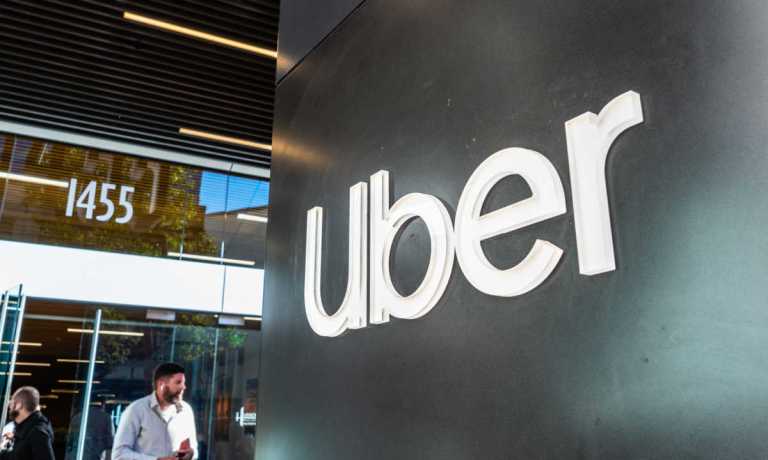Uber Expands Robotic Delivery as Aggregators Seek to Lower Cost

In an effort to drive customer frequency by lowering costs, aggregators are testing robotic delivery.
Uber, for its part, announced Thursday (April 20) that it is expanding its partnership with sidewalk delivery robotics company Cartken to offer autonomous fulfillment in Fairfax, Virginia’s Mosaic District shopping mall. The move builds on Uber Eats and Cartken’s existing partnership, which kicked off with a pilot test of robotic delivery in Miami and which launched in December.
“Alongside our partners at Cartken, we’re thrilled to work with Mosaic’s outstanding merchants to serve such a vibrant community of diners, shoppers and residents,” Uber Head of Autonomous Mobility and Delivery Noah Zych said in a statement. “With our shared passion for innovative urban design, sustainability and technology, we believe that robot delivery with Uber Eats is a great fit for Fairfax consumers looking for a fun and convenient way to grab their next meal.”
Uber Eats is certainly not the only aggregator looking to find ways to automate the delivery process. In November, United States’ leading aggregator, DoorDash, announced that it is trying out automated drop-off in Australia in partnership with Google parent company Alphabet’s drone delivery subsidiary Wing. In October, Grubhub announced a partnership with autonomous delivery services provider Starship Technologies to offer robot fulfillment via sidewalk rover at U.S. college campuses.
The news comes as aggregators look for ways to lower the cost of delivery in an effort both to improve their own margins and to make the channel more affordable for consumers to counter their price anxieties.
Findings from PYMNTS’ February study “Connected Dining: Rising Costs Push Consumers Toward Pickup,” which drew from a survey of more than 2,100 United States consumers in January, revealed that nearly half of all consumers (48%) have become more likely to pick their restaurant orders up themselves rather than have them delivered because of inflation.
Indeed, keeping costs down is a high priority for aggregators today, as DoorDash CEO Tony Xu told analysts on the company’s most recent earnings call.
“On the affordability side, … we’ve taken down transaction costs for consumers by about 8% in the past year, and we’re always trying to drive this down,” Xu said. “When it comes to affordability, certainly, DashPass [the aggregator’s delivery subscription] has been a big driver, … but at the same time, we’re working on quite a lot of other initiatives as well to make sure that we can keep making the service more and more affordable.”
Many restaurants are also directly trying out robotic delivery. In the fall, Charleys Philly Steaks, a cheesesteak chain with more than 700 locations across 17 countries, kicked off a partnership with drone delivery company Flytrex in Durham, North Carolina, to bring items to consumers’ front yards or backyards. Also last year, Chick-fil-A began testing autonomous fulfillment, working with autonomous robot delivery company Refraction in downtown Austin, Texas.
Ali Kashani, co-founder and CEO of robotic delivery company Serve, explained in an interview with PYMNTS how, even as these sorts of robotic deliveries become more widespread, it will take time to overcome resistance to the new technology.
“There’s [a] ton of demand already,” he said. “…It’s just a matter of time. It’s just patience. You have to go through this process, put the robots out, take care of the integrations, go through the manufacturing of more robots. It takes time to engage regulators, engage customers. … There’s an education component, making sure people understand why this exists, why it needs to exist.”